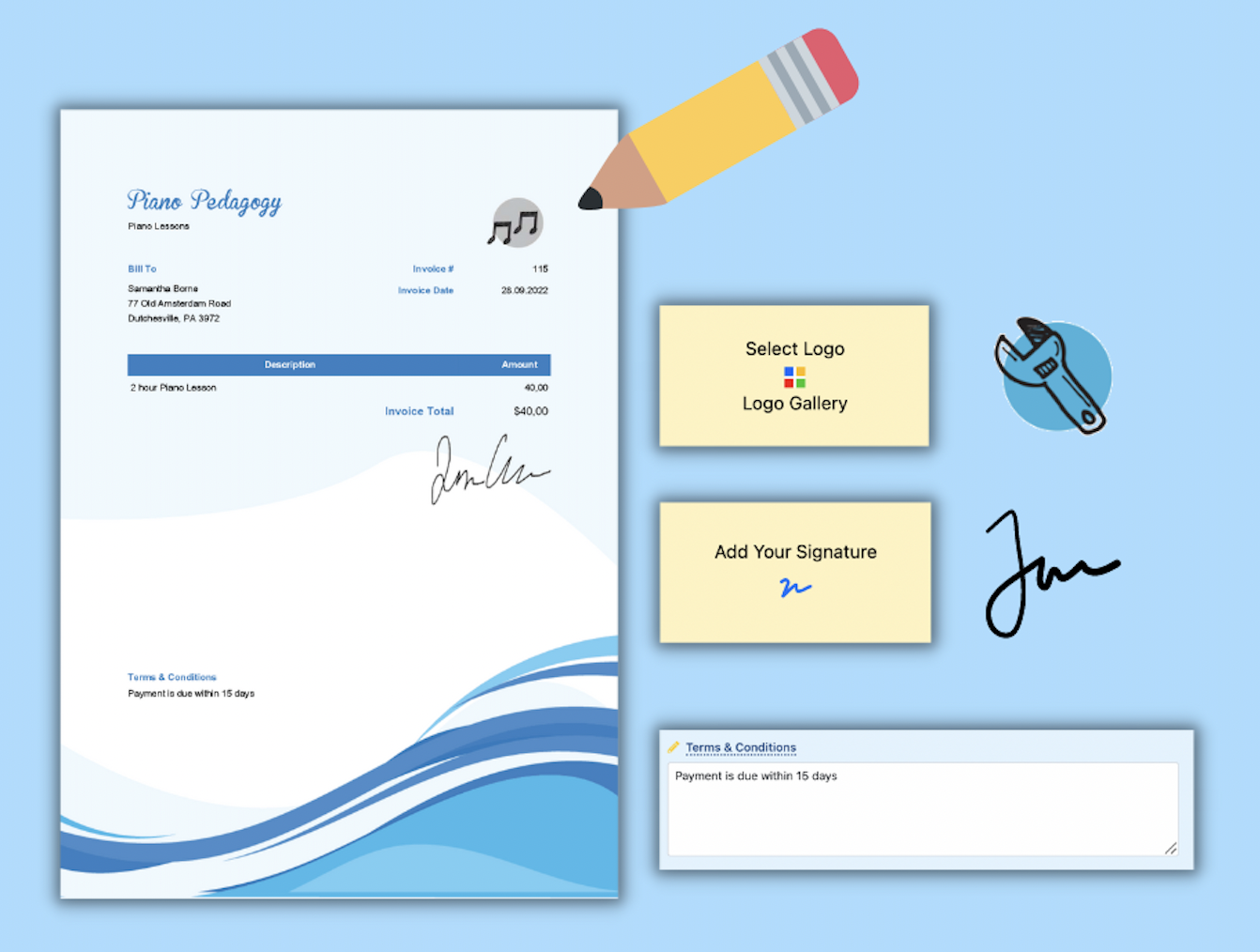HOW TO: Convert your Estimate into an Invoice

© dacianlogan /Adobe Stock
Sending your customer an estimate is a great way to ensure both you and your client are aware of the payment required for your services or product. Estimates should be sent during early discussions with a potential customer to discuss each party’s expectations and talk through pricing before anything is finalized.
Once you have sent the estimate and done the job or delivered your product, it is now time to bill your client by sending them an invoice. With Invoice Home, you can convert your estimate into an invoice in 5 simple steps.
If you would like to save a copy of the estimate before you convert it, click here to see how.
Now, let's convert your estimate into an invoice.







